Unveiling the Rich Legacy and Modern Dynamics of Iran’s Ceramic Tile Industry
The Iranian ceramic tile industry is a captivating fusion of ancient artistry and cutting-edge manufacturing. With roots tracing back to 1250 BC, Persian tiles have long been celebrated for their intricate designs and cultural depth, gracing everything from royal palaces to sacred mosques. Fast forward to today, and Iran has emerged as one of the world’s top producers of ceramic tiles, blending its storied past with modern innovation. Whether you’re a homeowner seeking unique decor, a business exploring sourcing options, or simply intrigued by this dynamic industry, this article offers a deep dive into every facet of the Iranian ceramic tile sector. From its historical significance to its current market trends, challenges, and future opportunities, this guide is your one-stop resource for understanding why Iranian ceramic tiles continue to captivate the world.
The Historical Significance of Persian Tiles

A Journey Through Time: From Ancient Persia to Modern Iran
The legacy of Iranian ceramic tiles stretches back over 3,000 years, making it one of the oldest tile-making traditions in the world. Archaeological discoveries reveal that Persians were pioneers in pottery and tile production as early as 1250 BC. By the 13th century, during the medieval period, Persian artisans perfected the Ghlami technique—a revolutionary method where multiple colors were applied to a single tile. This innovation, influenced by Chinese pottery techniques following the conquests of Timur, gave rise to the iconic blue-and-white designs that remain a hallmark of Persian tilework. The Safavid dynasty (1501–۱۷۳۶) marked the zenith of this craft, with stunning examples like the tiled domes of Isfahan’s Sheikh Lotfollah Mosque showcasing unparalleled artistry.
Cultural and Artistic Impact
Persian tiles are far more than functional items—they’re a testament to Iran’s cultural identity. Featuring intricate geometric patterns, floral motifs, and elegant calligraphy, these tiles embody the essence of Islamic art blended with Persian creativity. Historically, they adorned the walls of mosques, palaces, and homes, symbolizing beauty, spirituality, and sophistication. This rich heritage has not only shaped Iran’s architectural landscape but also influenced tile-making traditions across the Middle East, Central Asia, and even Europe. Today, the artistic legacy of Persian tiles continues to inspire modern designs, making them a sought-after choice for those who value history and aesthetics.
The Current State of the Iranian Ceramic Tile Industry
Production Capacity and Global Ranking
Iran’s ceramic tile industry has transformed from a traditional craft into a global powerhouse. With an annual production capacity of around 720 million square meters, Iran ranks fifth worldwide among ceramic tile producers, following leaders like China, India, Spain, and Italy. This impressive output is supported by over 150 active factories, many of which leverage advanced technology to meet both domestic and international demand. In 2022 alone, Iran exported approximately 40% of its production to more than 50 countries, cementing its status as a key player in the global market.
Key Production Hubs
The city of Yazd stands out as the epicenter of Iran’s tile industry, hosting around 101 production units. Rich in mineral resources and steeped in tile-making heritage, Yazd produces a diverse range of products, from traditional hand-painted tiles to modern large-format slabs. Other significant hubs include Isfahan, known for its historical tile craftsmanship, and Khorasan Razavi, which contributes to the industry’s growing output. These regions benefit from skilled labor, abundant raw materials, and strategic proximity to export routes.
Market Size and Growth Projections
The Iranian ceramic tile market is on a steady upward trajectory. Valued at approximately USD 1.51 billion in 2025, experts predict it will reach USD 1.93 billion by 2030, growing at a compound annual growth rate (CAGR) of 4.97%. This expansion is fueled by robust domestic demand, particularly from Iran’s booming construction sector, as well as increasing exports. However, the industry must navigate challenges like overproduction and limited market diversification to sustain this growth.
Strengths of the Iranian Ceramic Tile Industry
Access to Raw Materials
Iran’s geological wealth gives its tile industry a competitive edge. The country is endowed with vast deposits of clay, kaolin, feldspar, and other essential materials used in tile production. While some specialized raw materials are still imported, efforts to enhance domestic processing could reduce costs and boost self-sufficiency. This natural advantage positions Iran as a cost-effective producer on the global stage.
Skilled Workforce and Artistic Heritage
The industry thrives on a talented workforce that bridges traditional skills with modern expertise. Iranian artisans, engineers, and designers draw on centuries of tile-making knowledge, creating products that stand out for their quality and creativity. This unique combination allows manufacturers to offer everything from classic Persian patterns to sleek, contemporary designs, appealing to a wide range of customers.
Technological Advancements
Iranian tile manufacturers have embraced innovation to stay competitive. Companies like Tabriz Tile and Mahceram have invested in cutting-edge machinery, enabling them to produce high-quality porcelain tiles and large-format slabs up to 160cm x 320cm. Digital printing technology has also revolutionized design capabilities, allowing for precise, customizable patterns that meet international standards.
Export Potential
Iran’s strategic location near Central Asia, the Middle East, and the Persian Gulf enhances its export potential. The country has seen remarkable growth in tile exports, with a 106.9% CAGR to Russia between 2012 and 2021. Trade agreements, such as the preferential deal with the Eurasian Economic Union, further open doors to new markets, offering opportunities for expansion beyond traditional buyers like Iraq and Afghanistan.
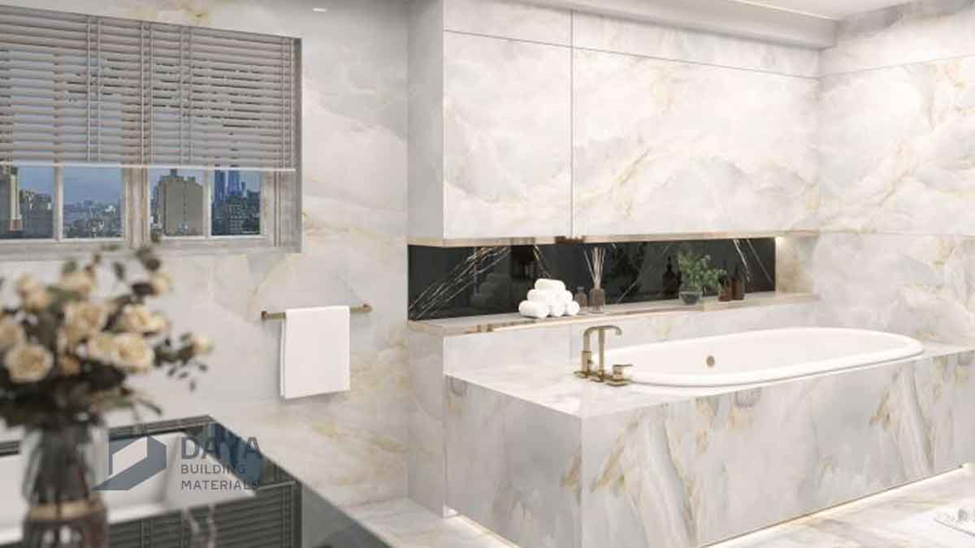
Challenges Facing the Iranian Ceramic Tile Industry
Overproduction and Market Saturation
One of the industry’s biggest hurdles is overproduction. High profit margins in previous decades spurred a rapid increase in factory numbers, leading to a surplus of tiles. This oversupply has intensified competition, driven down prices, and, in some cases, compromised quality. Balancing production with demand is critical to maintaining the industry’s reputation and profitability.
Dependency on Neighboring Markets
While Iran exports to over 50 countries, its primary markets—Iraq, Afghanistan, and Pakistan—are geographically and economically close. This reliance leaves the industry vulnerable to regional instability and economic downturns. Expanding into Europe, Africa, or Southeast Asia could mitigate these risks and ensure long-term stability.
Energy Consumption and Efficiency
Tile manufacturing is energy-intensive, and Iran lags behind global leaders in energy efficiency. Many factories rely on outdated systems, resulting in high production costs and environmental concerns.
Upgrading to energy-efficient technologies could lower expenses and align the industry with sustainability trends.
Import Dependency for Raw Materials
Despite its natural resources, Iran imports certain raw materials like zirconium silicate and high-grade kaolin due to limited domestic processing capabilities. This increases costs and exposes manufacturers to supply chain risks. Developing local processing infrastructure could address this challenge and enhance competitiveness.
Branding and Marketing Limitations
Iranian tile producers often struggle with branding and global marketing. Unlike competitors in Italy or Spain, many lack a strong international presence or recognizable identity. Investing in branding, digital marketing, and participation in global trade fairs could elevate their visibility and attract premium buyers.
Opportunities for Growth and Innovation
Leveraging Technological Advancements
Technology offers a pathway to growth. Digital printing, automated production lines, and energy-efficient kilns can improve quality, reduce waste, and lower costs. Manufacturers adopting these innovations can meet rising demand for large-format and eco-friendly tiles, appealing to modern architects and builders.
Expanding Export Markets
Diversifying beyond neighboring countries is a golden opportunity. Regions like Europe, with its appetite for premium tiles, and Africa, with its growing construction sector, remain largely untapped. E-commerce platforms and international trade shows can help Iranian exporters connect with these markets.
Sustainable Practices and Eco-Friendly Products
Sustainability is a global priority, and the Iranian tile industry can capitalize on this trend. By using recycled materials, reducing energy use, and pursuing green certifications, manufacturers can attract environmentally conscious buyers and stand out in a crowded market.
Strengthening Domestic Supply Chains
Reducing import dependency starts at home. Partnerships between tile producers and local mining companies could develop a robust supply chain for raw materials. This would stabilize costs, improve quality control, and make Iranian tiles even more competitive.
Leading Manufacturers in the Iranian Ceramic Tile Industry
Tabriz Tile Group
Since its founding in 1995, Tabriz Tile has grown into a leader with a capacity of 7 million square meters annually. Specializing in porcelain and ceramic tiles, it exports globally and is known for its innovative designs and high standards.
Mahceram Tile Company
Established in 1997, Mahceram excels in large-format tile production, thanks to its advanced technology. Its durable, stylish products cater to modern tastes, making it a favorite in both domestic and export markets.
Novin Ceram
Based in Yazd since 2003, Novin Ceram produces a variety of floor and wall tiles. With exports to 14 countries, including Gulf nations, it combines quality with affordability, appealing to a broad customer base.
Persepolis Tile
Persepolis Tile, also in Yazd, merges traditional Persian aesthetics with modern techniques. Its tiles are popular in regional markets, reflecting Iran’s artistic heritage in every piece.
The Role of SEO in Promoting Iranian Ceramic Tiles

Optimizing for Global Search Engines
To reach international buyers, Iranian tile companies must optimize their websites with keywords like “Iranian ceramic tiles,” “Persian tile designs,” and “buy tiles from Iran.” SEO-friendly meta tags, alt text, and blog content can boost visibility on Google and other platforms.
Leveraging E-Commerce Platforms
Online marketplaces like Cerampakhsh connect Iranian producers with global customers. Listing products with detailed descriptions and optimized keywords ensures they rank higher in search results, driving sales.
Content Marketing Strategies
Blog posts, videos, and social media campaigns about Iranian tiles can engage audiences and build brand authority. Topics like “Why Choose Iranian Ceramic Tiles” or “Top Tile Trends from Iran” attract organic traffic and showcase expertise.
Conclusion: The Future of Iran’s Ceramic Tile Industry
The Iranian ceramic tile industry stands at the intersection of tradition and opportunity. Its historical artistry, robust production capacity, and skilled workforce give it a strong foundation, while challenges like overproduction and market dependency highlight areas for improvement. By embracing technology, diversifying exports, and prioritizing sustainability, Iran can solidify its place among the world’s tile leaders. For businesses, architects, and enthusiasts, Iranian ceramic tiles offer unmatched beauty and quality rooted in centuries of craftsmanship. As the industry evolves, its ability to adapt and innovate will determine its success in a competitive global market. Explore this vibrant sector, and discover why Persian tiles remain a timeless choice.
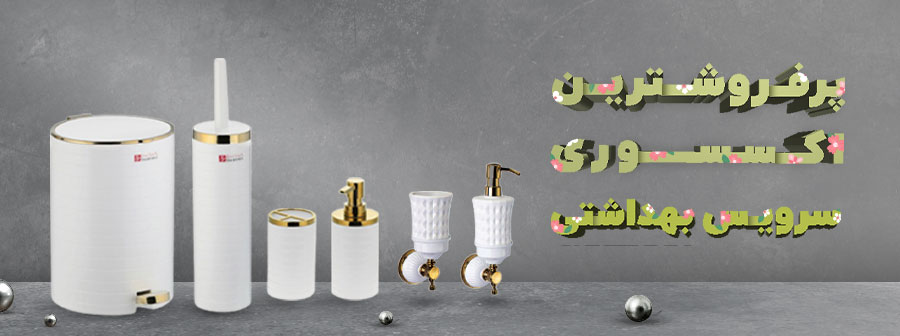

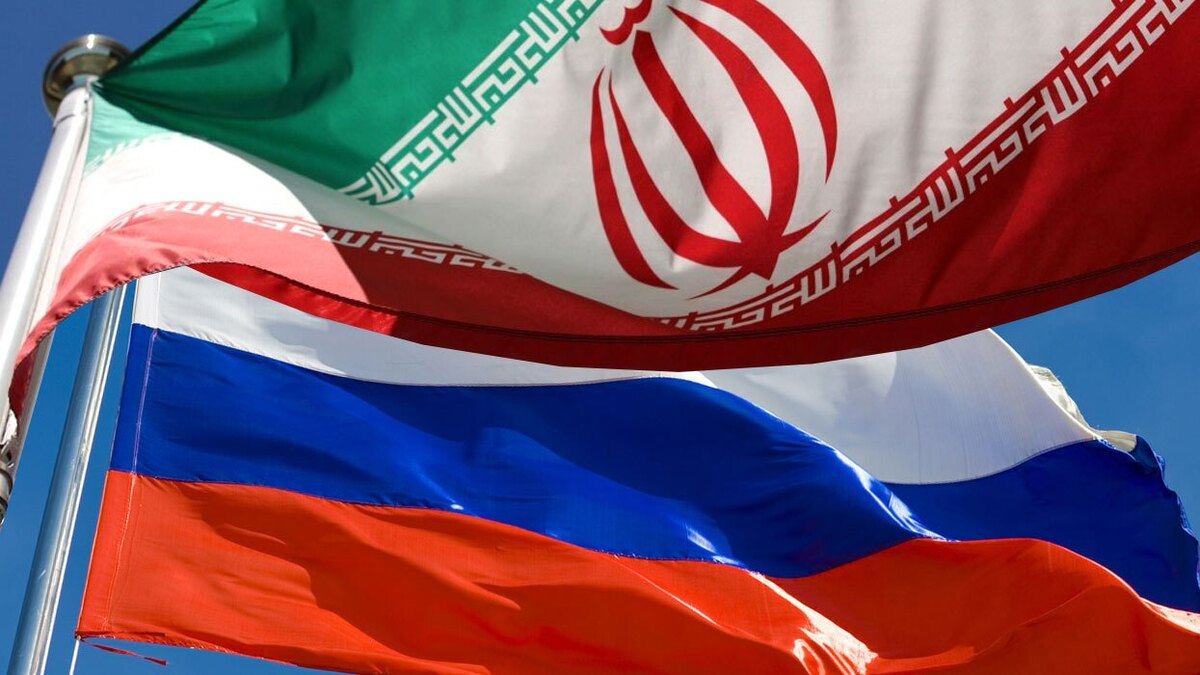
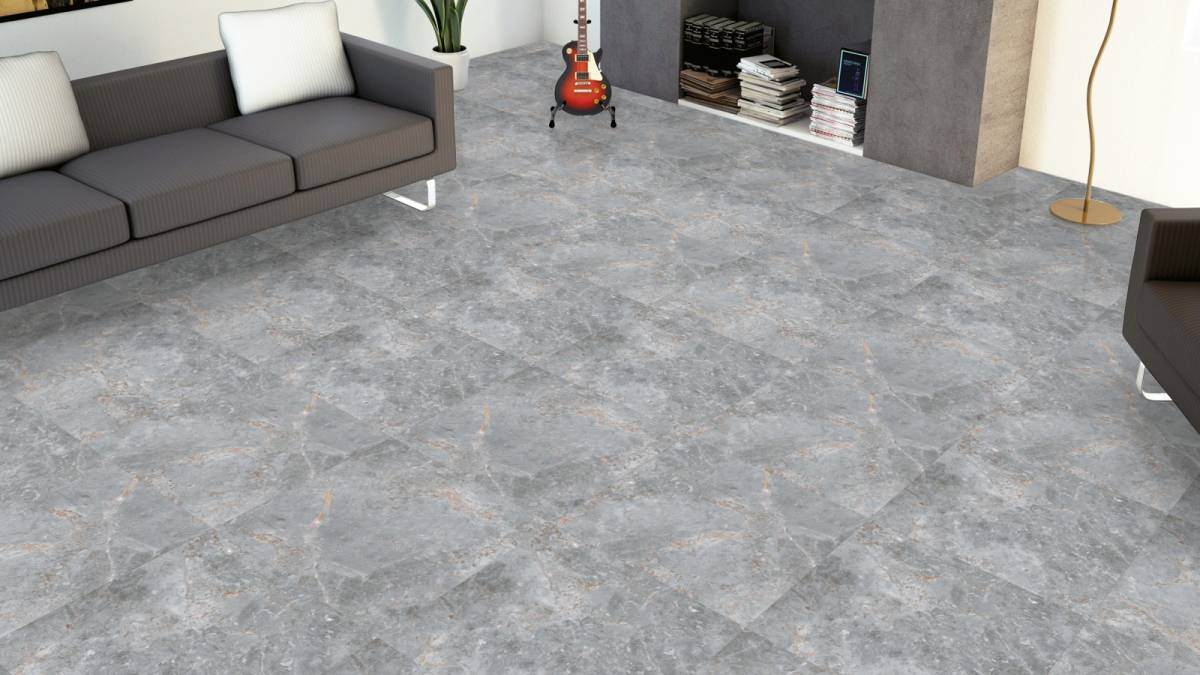
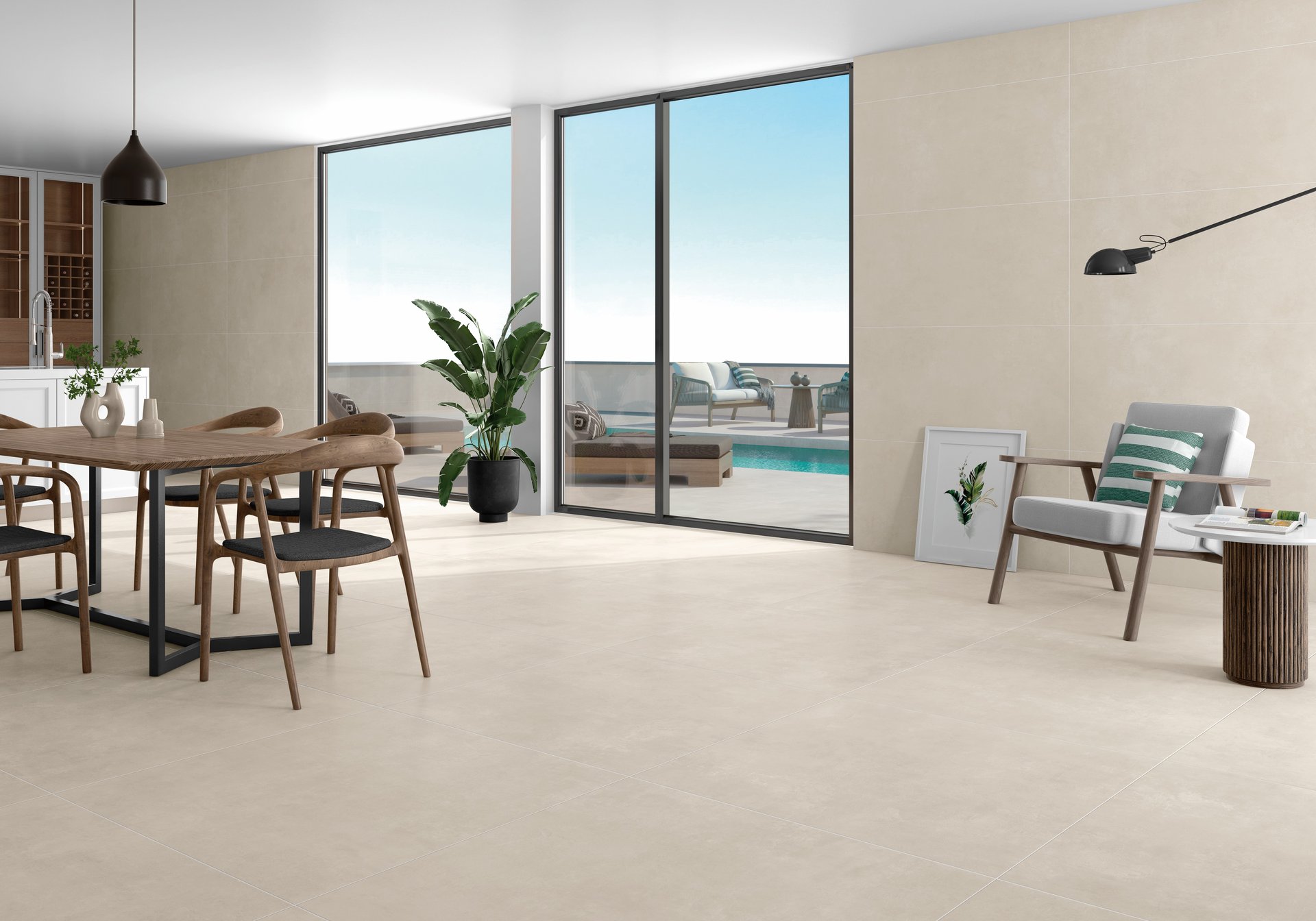

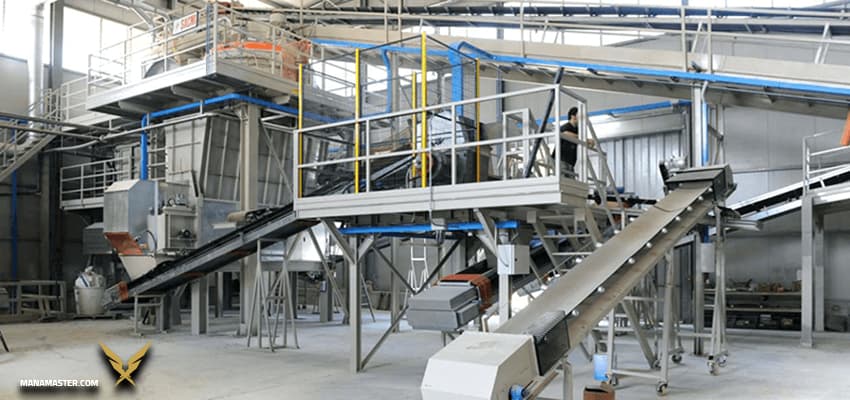

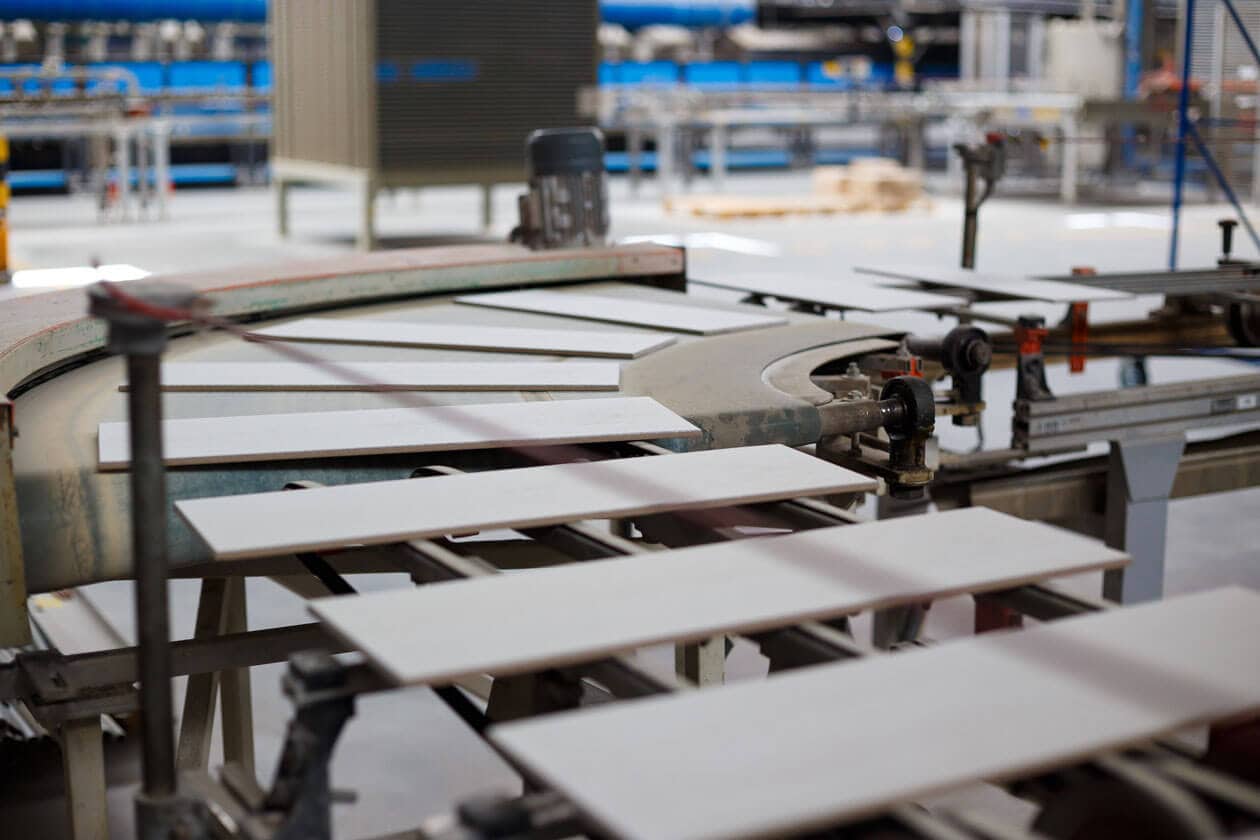
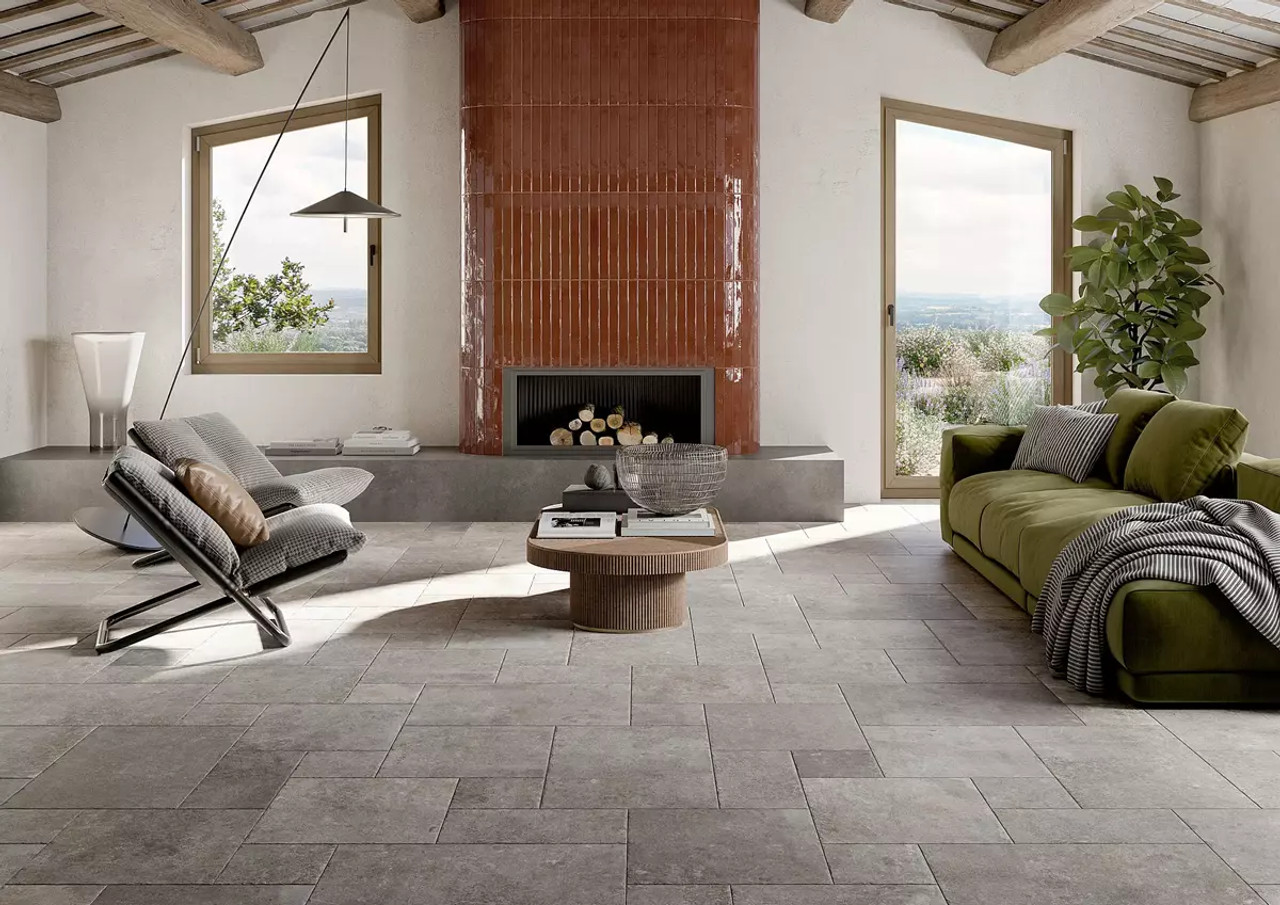
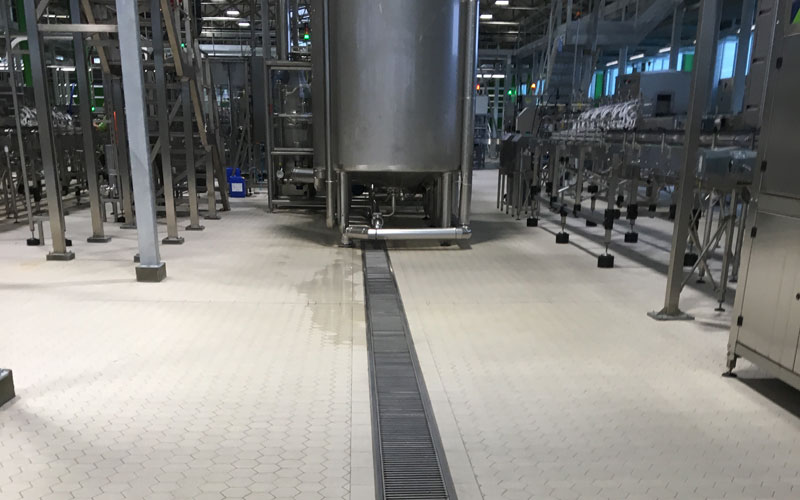
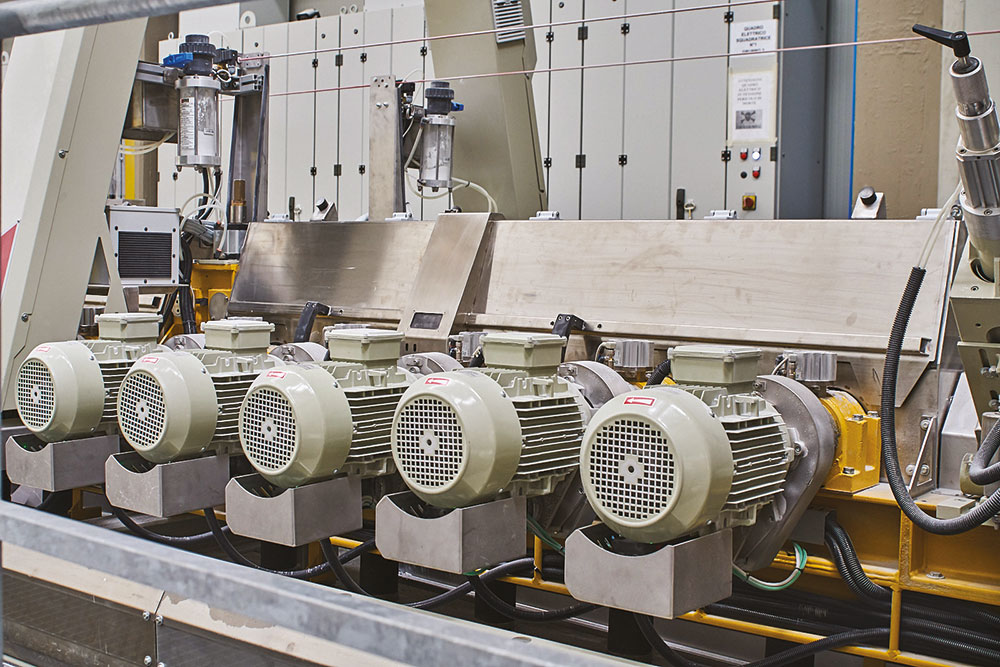
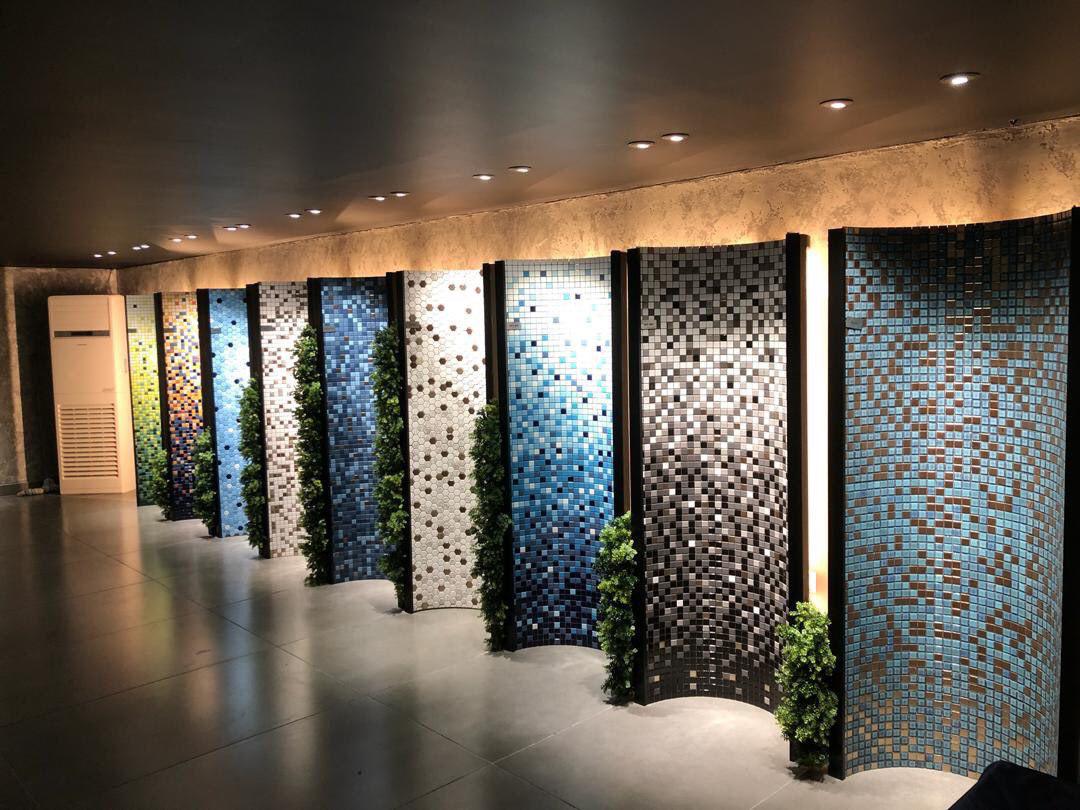
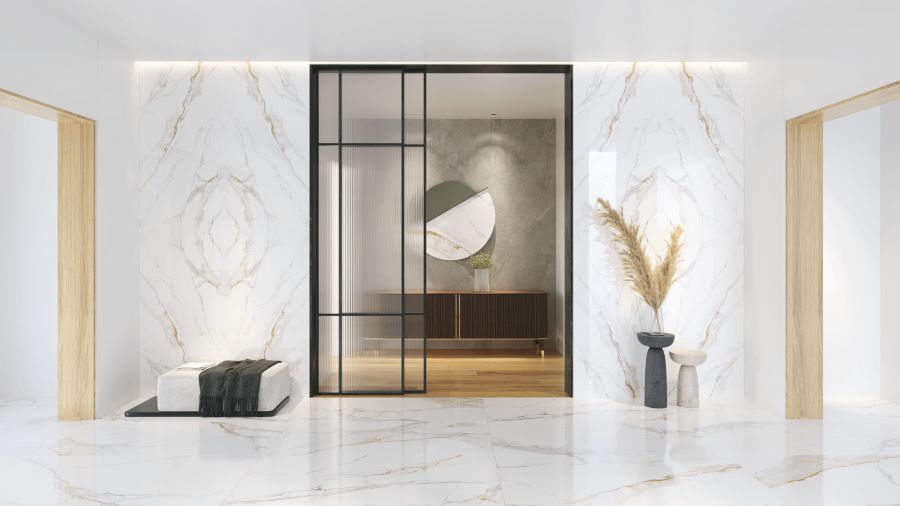
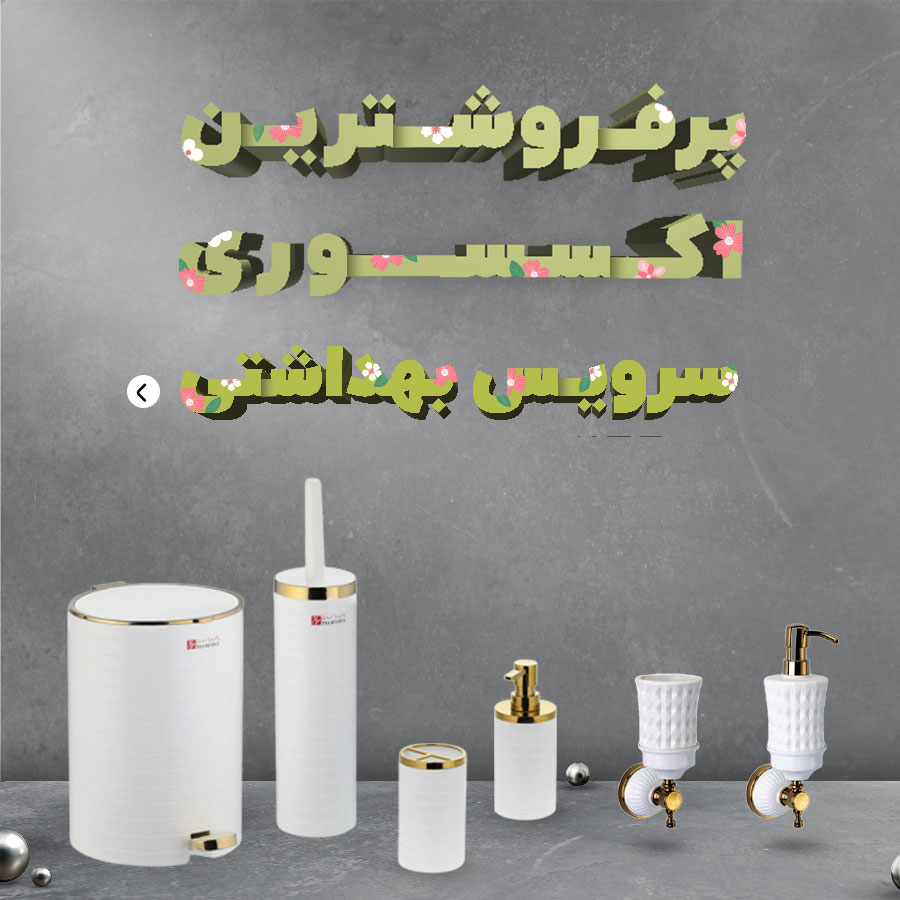

نظرات ۰